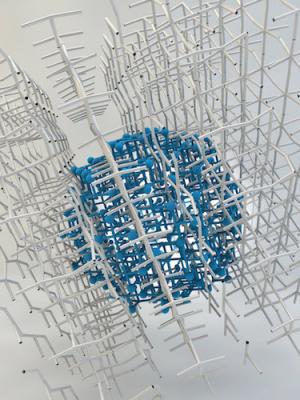Perovskite materials set to increase solar cells' efficiency by recycling light
A team of Cambridge scientists, in collaboration with Oxford University AMOLF FOM Institute in Amsterdam, could lead to a revolution in the efficiency of solar power, with the development of perovskite-based panels capable of 'recycling light'.
Solar cells work by absorbing photons from the sun to create electrical charges. However, the process also works in reverse, because when the electrical charges recombine, they can create a photon. The research shows perovskite cells have the extra ability to re-absorb these regenerated photons ' a process known as "photon recycling".







